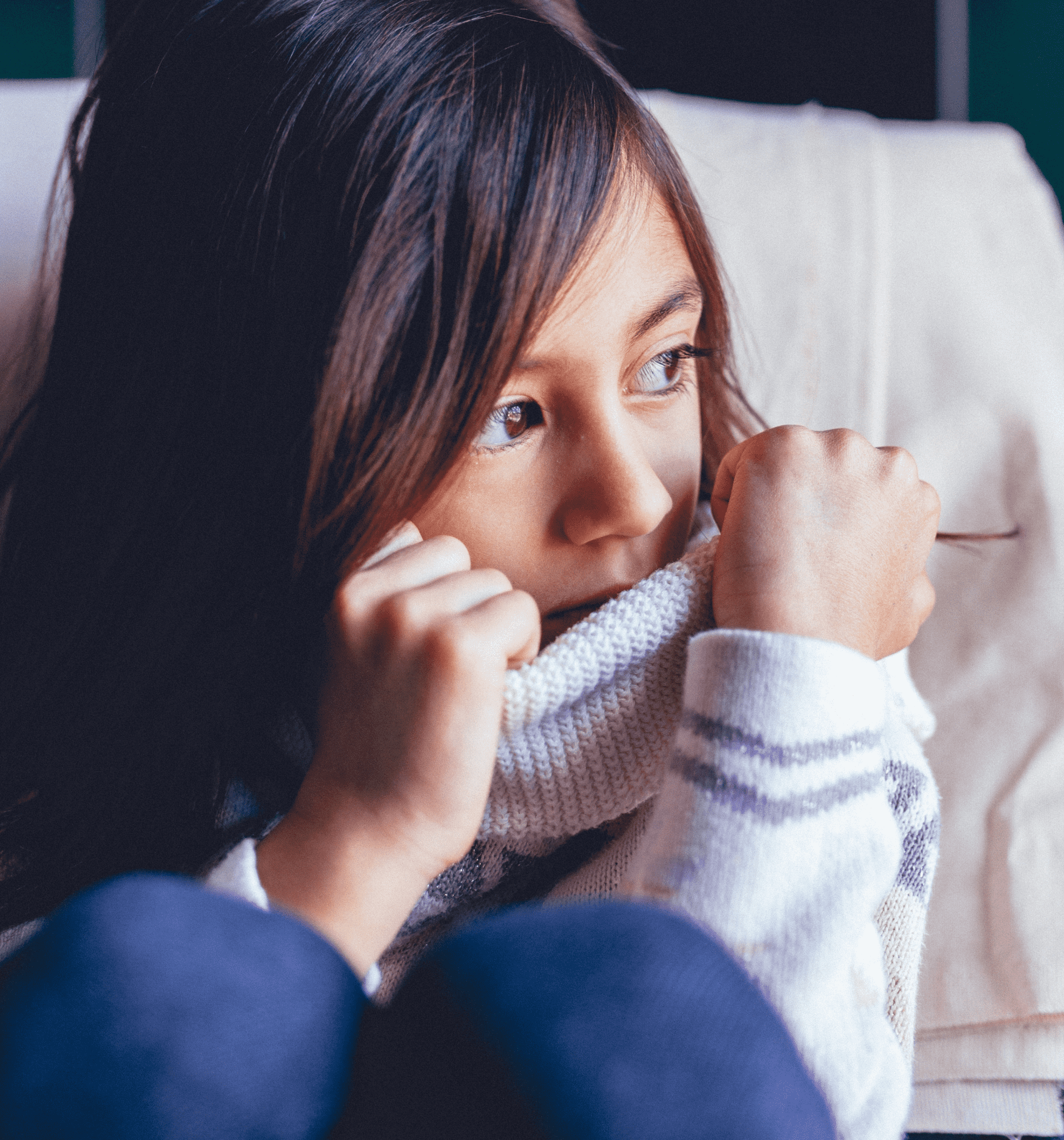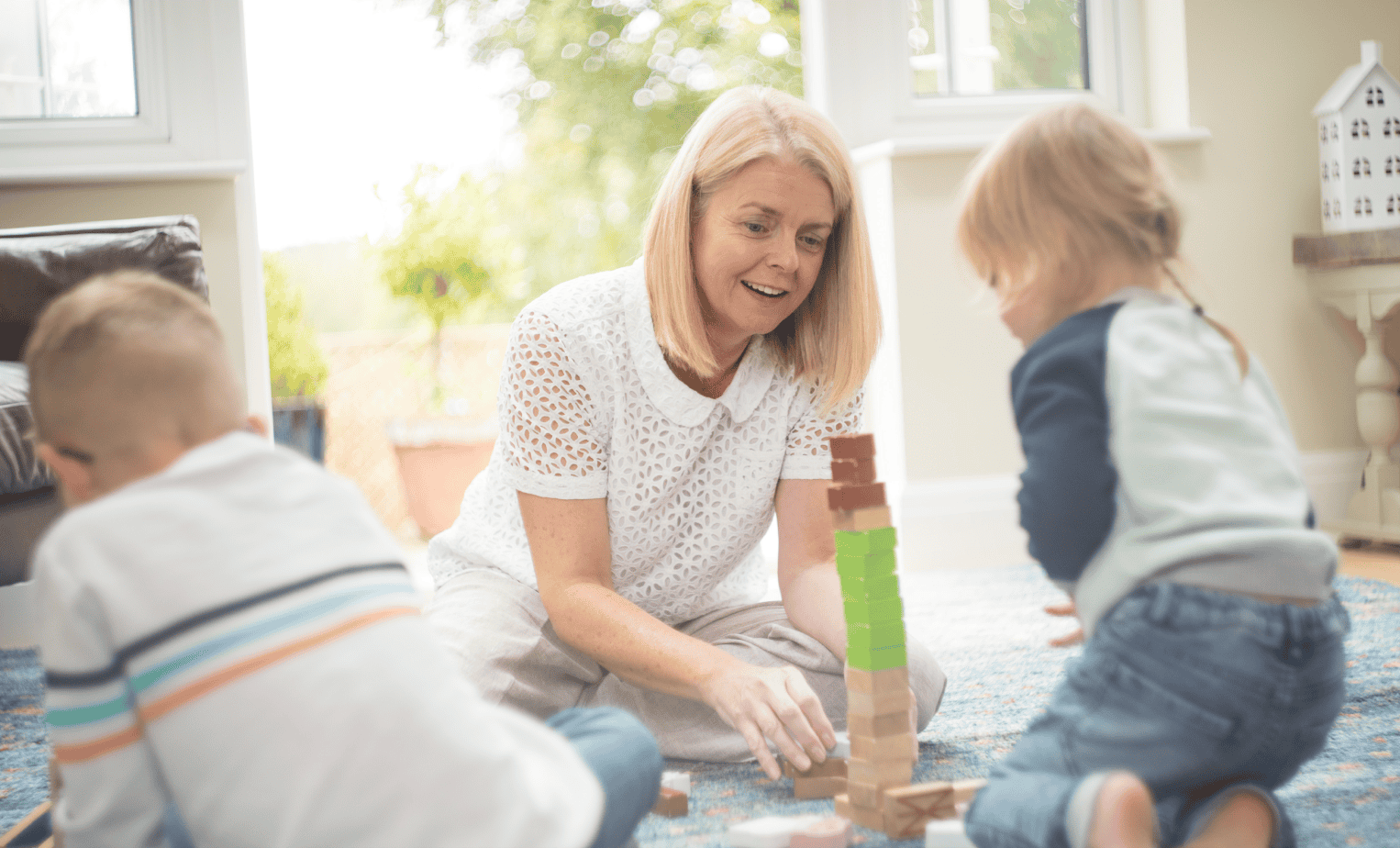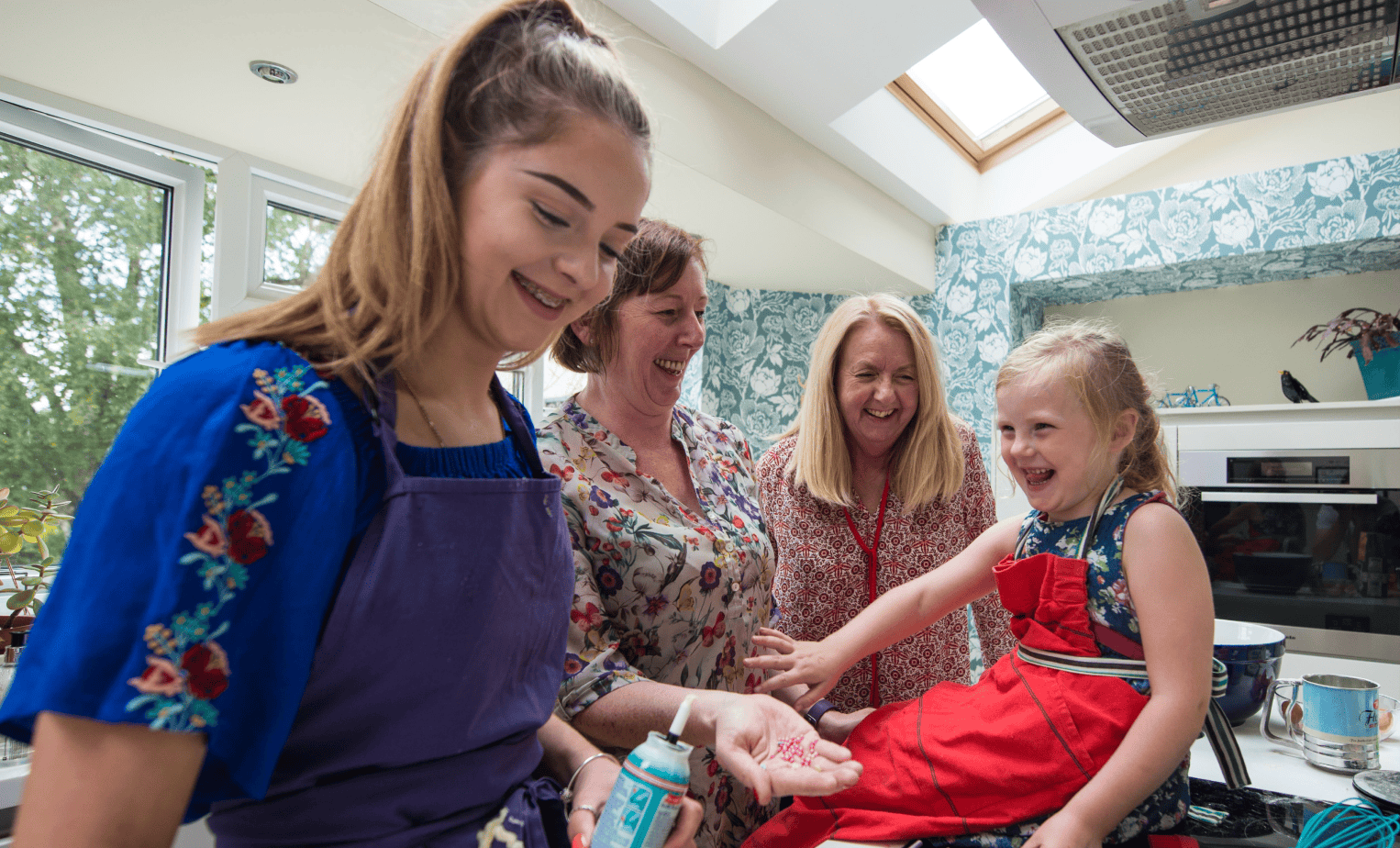In many ways’ anxiety is normal; we all feel uncertain, for example, in new situations. There may be key times a child shows more anxiety, such as, a transition up to secondary school, after their parents’ separation or when moving to a new house. Children may experience different anxieties throughout their childhood, many are typical worries that all children experience to a degree.
For example, in babies and toddlers they may show a clinginess to a parent and this is often described as separation anxiety. Preschool children and children in early years education, may develop specific anxieties, for example, of the dark, spiders or of monsters. This is often a passing stage that with some encouragement and reassurance will pass.
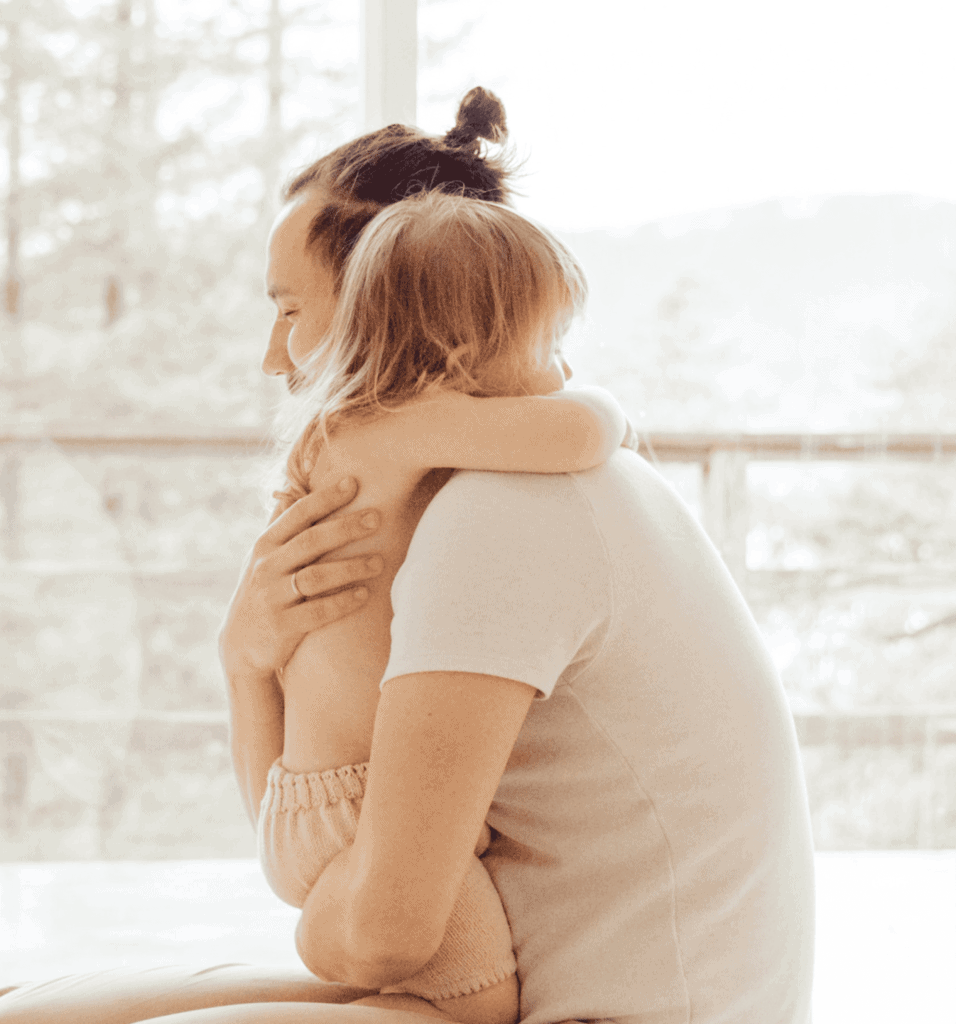
Children who have experienced trauma may also be more prone to anxiety: this trauma may be a one-off incident, such as a car accident or a death in the family or the result of lots arguments at home, domestic violence, or abuse.
As social workers, in a fostering service, we support children in care and often we find ourselves working with children, whose anxieties are borne out of their early experiences of abuse or neglect.
Children living in care are 4 times more likely to experience mental health issues than the average child.
The mental health issues often arising because of unresolved anxiety or stress
In fostering, a lack of understanding and planning to address areas of a child’s unresolved trauma, anxiety or stress can lead to a breakdown in a foster placement and children subsequently moving from family to family. Empathy and creativity is needed to help a child to understand their feelings and help them to feel that they can be more manageable. In doing this with a child, it will likely contribute to making a significant positive change to the child’s life.
Each child is an individual and our focus as a team is in how we can change a child’s life by enabling them to explore their feelings and fears.
In sharing our knowledge, we support foster carers with specific advice and signposting where required. We work to inspire and build confidence in our foster carers abilities to help children sit with uncomfortable feelings and let them pass, knowing that they can survive them. We support foster carers to create empathic and nurturing responses towards our children’s issues, ensuring that our foster carers feel safe and secure, enabling them to be the secure base for the children who need them.
Anxiety is an inbuilt process that has a benefit
Our bodies are miraculous systems that are programmed to keep us safe. Our response to anxiety is linked to our involuntary fight or flight system and is similar to our response to fear. There is a difference between fear and anxiety. Fear is the emotion you experience when you are in a dangerous situation. Anxiety is what you experience leading up to a dangerous, stressful, or threatening situation. Anxiety can be experienced when thinking about something stressful or dangerous that may happen to us in the future.
Fight or flight refers to our body’s reaction to threats that affect our safety and health. In a threatening situation our brain produces various hormones like adrenaline and cortisol, which fires up our body to enable us to physically fight an enemy or predator, or run away quickly when faced with danger.
In situations of a child’s stress, for example, when faced with new situations like returning to school after a period of lockdown, the same flooding of chemicals to the body invokes a response similar to fight or flight. The adrenaline and cortisol increase our blood sugar levels and creates a feeling of energy which can be used by our muscles when in fight or flight response. Our body sends blood to our essential organs as a priority and causes feelings of high pulse rate, increased respiratory rate, sweating and/or digestive tract disturbance.
When the perceived threat is gone, our body is designed to return to normal function. However, with repeated feelings of stress, the body doesn’t always return to normal function quickly enough or remain at a normal healthy level for long enough. As we run ideas in our heads of what might happen, our brains react in the same way as it would if we were in the situation itself, it feels real. In protective mode the body will flood with the chemicals that cause a fight or flight response. Furthermore, exposure to stories on social media, TV, press and our conversations with friends, fuel our anxiety and stress levels may feel at a greater level than they used to feel. The continuous conversations around Covid and the changes to our lives are adding to the levels of anxiety we are already feeling.
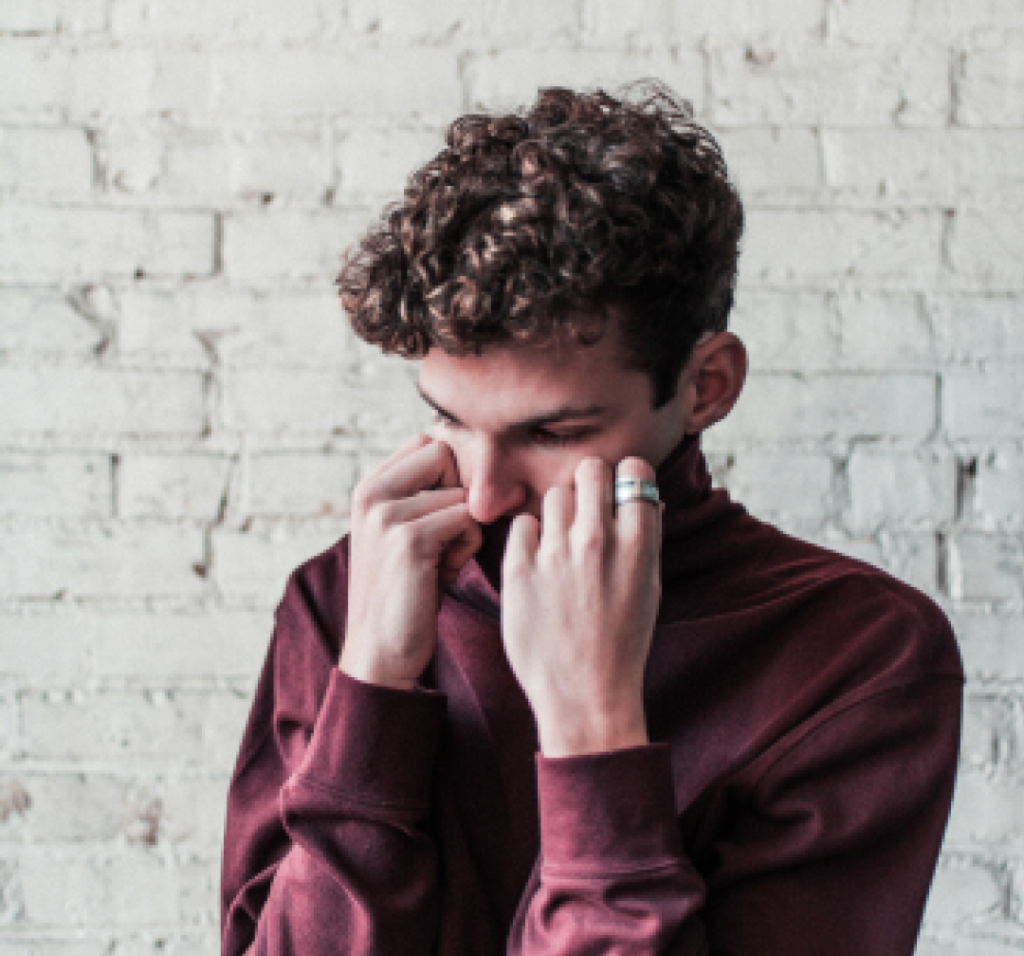
Help children understand the symptoms of anxiety
Helping children understand about the symptoms of anxiety and from where the symptoms arise can be helpful, so that they learn how to recognise the physical feelings involved and the impact of anxiety on their bodies. Encouraging a child’s understanding and acceptance of how the feelings will ebb away, will give the child a feeling of being in control.
So how can we help children experiencing anxiety symptoms. Anxiety in children is one of the most common childhood problems but can sometimes be dismissed as a child being silly. However, it is important for a child to feel listened to. Telling him/her it will be fine, is not always helpful to a child. We know if we do not take the child’s concern seriously the anxiety may get bigger. If you ask a child who fears the dark when going to bed, if saying “you will be fine”, makes the anxiety feel any less real to them, they will say no!
It can be helpful to help children think about solutions. If a child or young person has a situation, he/she is scared to face, role play can help he/she to feel more confident about facing it. If he/she is afraid of going to other people’s houses for play dates, do not avoid it, but help him/her feel the fear and do it anyway – perhaps giving him/her a few suggestions for games they could play. Children’s worlds should not get smaller because they are anxious. Whilst you may feel you are protecting a child by accepting a child’s decision not to go on a play date, it teaches a child to retreat from anxiety, rather than deal with it.
There are some lovely ways of talking about this, one of our favourites for young children is using the idea of the Bear Hunt story, to talk about managing anxiety and trauma, (you can’t go around it, under it or over it…. you have to go through it.
Hich Nhat Hanh, the author of Stepping into Freedom: Rules of Monastic Practice for Novices says “Feelings come and go like clouds in a windy sky. Conscious breathing is my anchor.” We love the imagery this conjures that can help children be less scared of intense feelings.
How to manage anxiety
To make anxiety more manageable, try setting a boundary about worrying. Give a set amount of time to talk about the worry and then it must be left until the next day. For instance, you could talk about it over tea for ten minutes and then you do another activity. Ruminating on a worry, can make the worry bigger for children. You could think about having a worry box and encourage the child to post worries they may have so that you can start a conversation. Offering to hold the worry can be helpful, in the words of one of our foster carers to their foster child “I’ve got this one!”
One idea for children struggling with separation anxiety is to use the hug button, and we have used this regularly and love how young children respond. Draw a heart on both the child’s hand and the adult in felt-tip and squeeze hands together whilst having a hug, then every time a child is missing the adult, they can press the heart and remember the hug. Other ideas can include sending a child to school with an item that smells of their carer or parent.
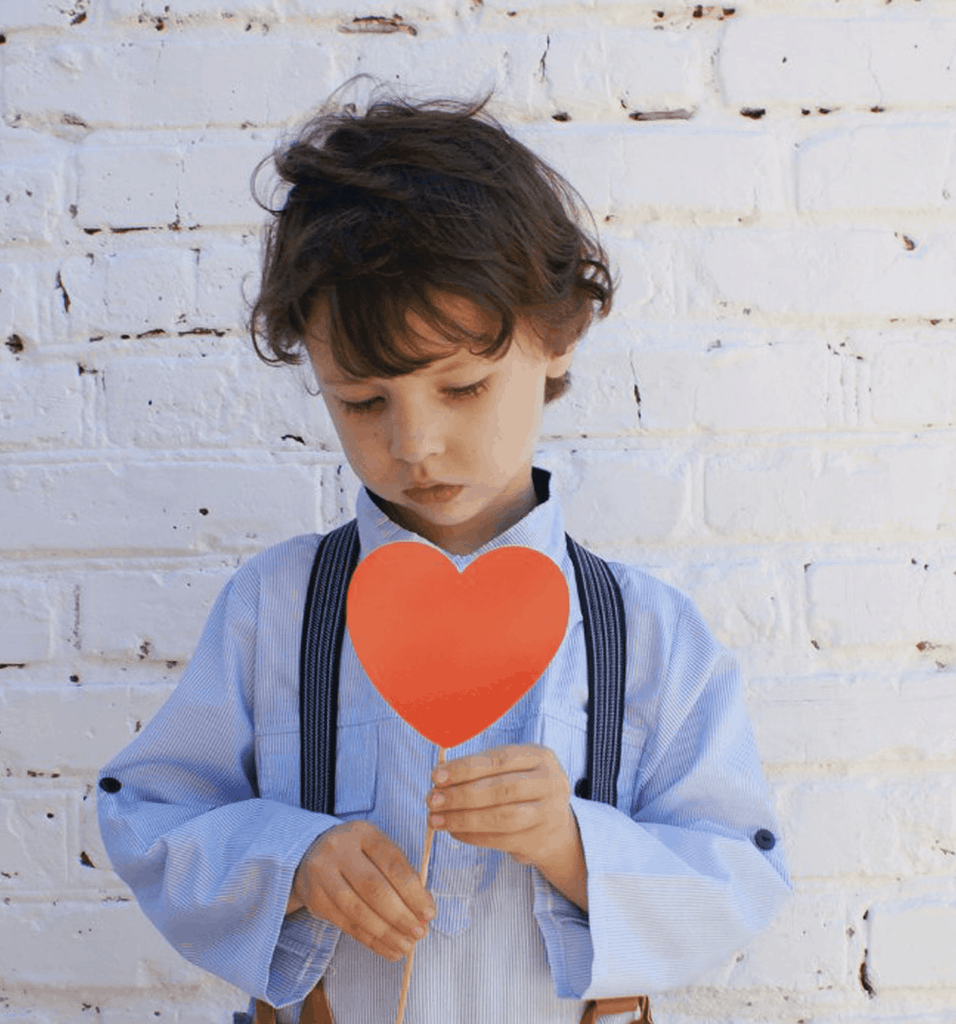
Deep breathing and mindful activity can help children and young people long term to feel less anxious. Breathing slowly and mindfully activates the brain to send out chemicals that inhibit stress-producing hormones and triggers instead, a relaxation response in the body.
Mindfulness is a useful tool for us all to use, to slow down the chatter in our head
Mindfulness is thought to have wide-ranging effects, from lessening depressive symptoms to reducing anxiety and helping to deal with chronic pain and trauma. Mindfulness is a simple technique that can be learnt. Check out some of the resources at the end of this blog.
In helping children and young people manage anxiety it is imperative they see this modelled in the adults around them. As parents and carers we have to role model how we deal with anxiety and react to stressful situations. Do we scream and run at the site of a spider and ask someone else to remove it for us, do we avoid situations that make us uncomfortable rather than feeling the fear and doing it anyway? It’s important to reflect and where necessary make changes to our own behaviour in order to role model the sort of reactions we would like to see our children make in response to anxiety.
Is it easy… no… but does it help us to raise resilient children who can learn to manage scary feelings… yes absolutely.
We live by this at To the Moon and Back Foster Care. We practice what we preach and encourage our staff and foster carers to look after themselves and role model good responses to anxiety and stress.
